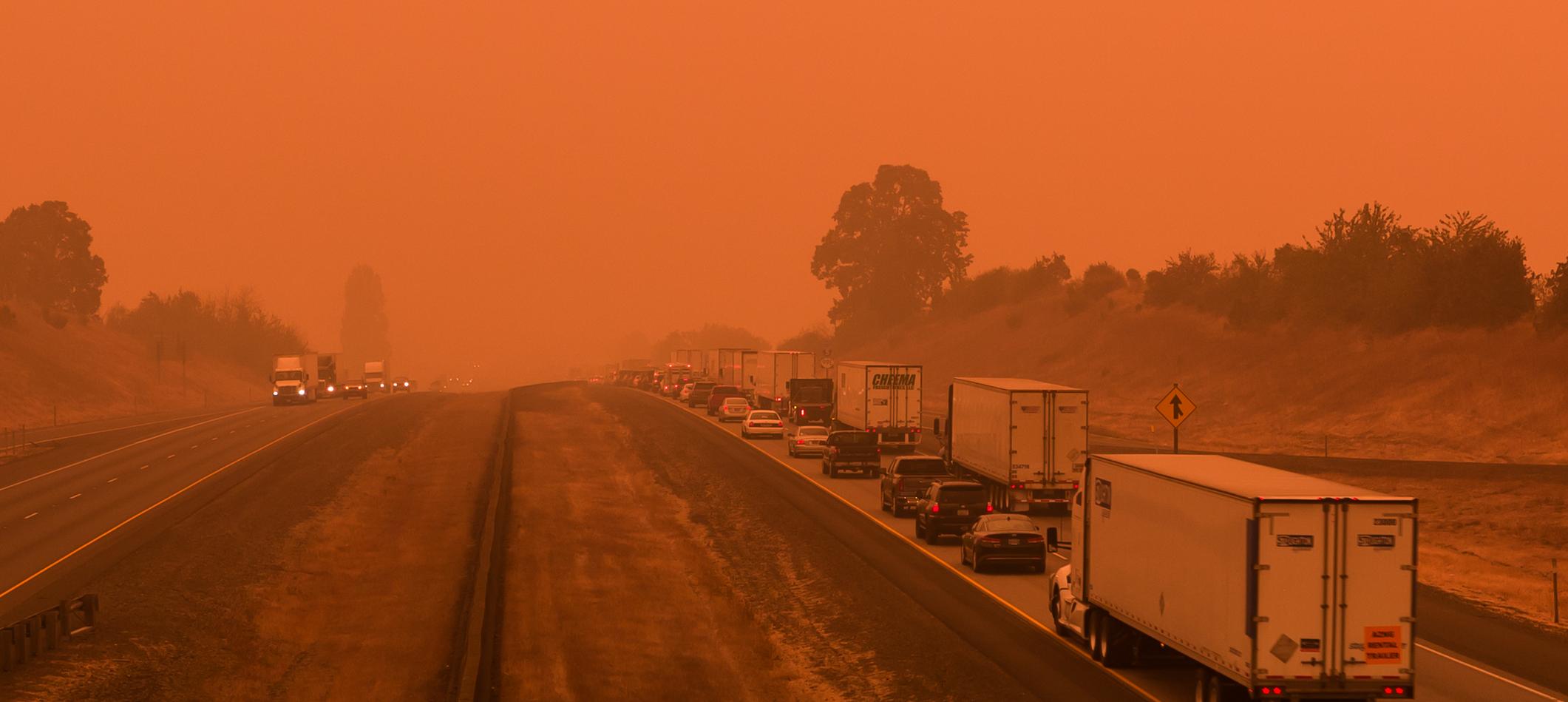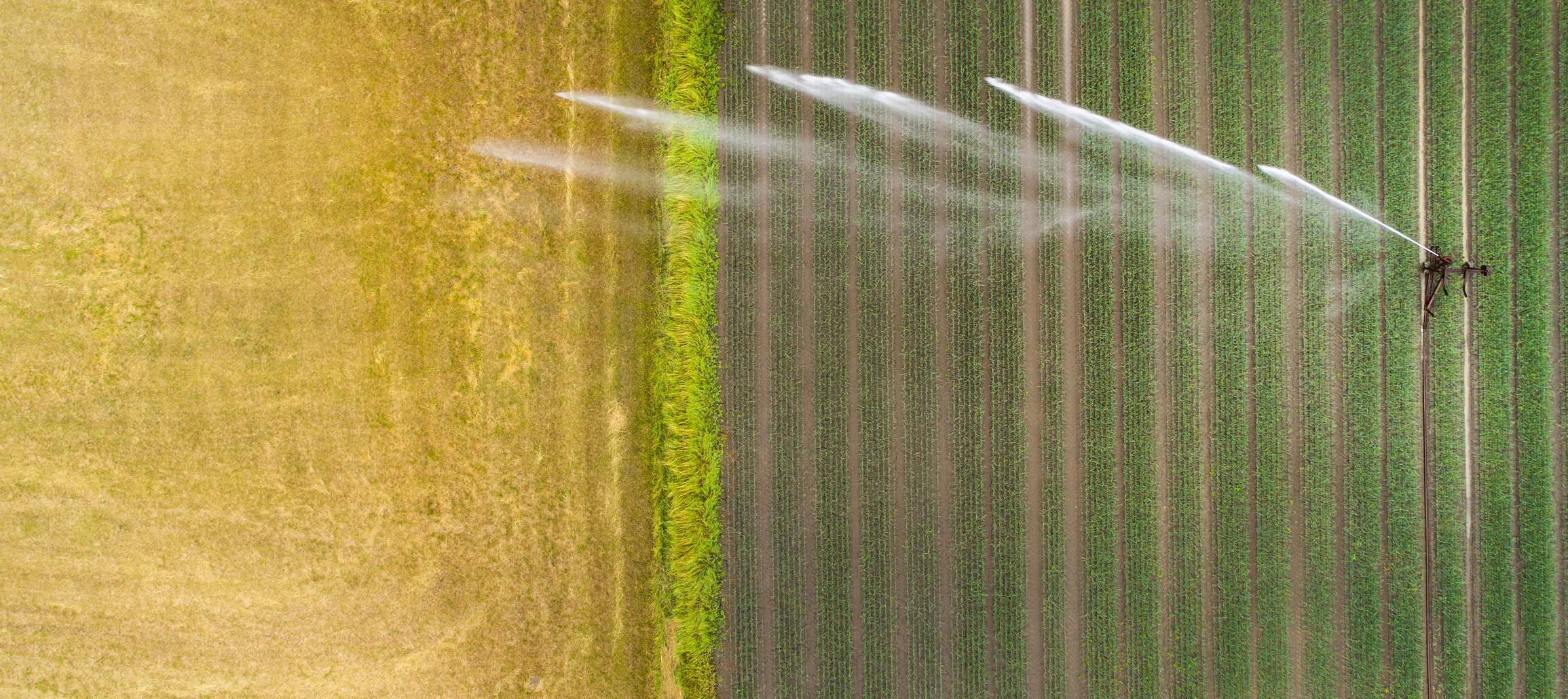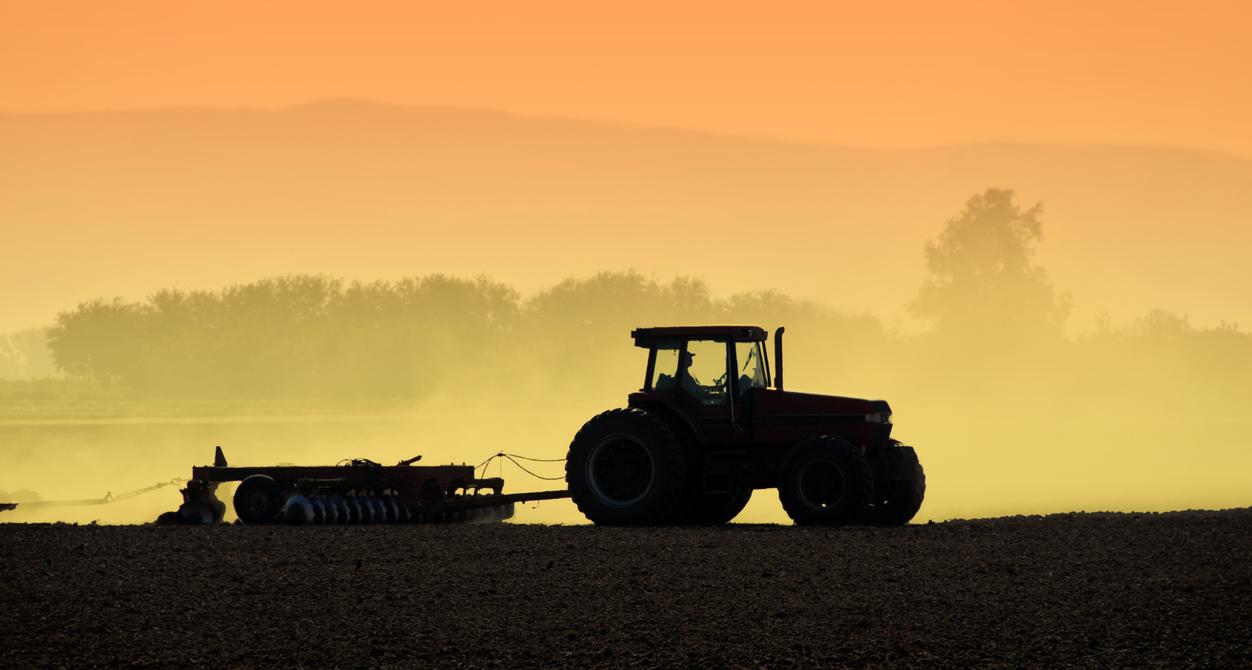-
https://climateinstitute.bmo.com/static/images/clock-icon.svg
5 Minute Read
-
Listen
-
Stop
-
Text Bigger | Smaller
From repeated crop failures in Michigan's fruit belt, which produces 70% of U.S. tart cherries,1 to organic apple growers in Washington fighting fire blight and sunburn,2 extreme weather events made worse by climate change are already affecting U.S. agriculture. Some farmers have already been adapting their practices to become better stewards of the land, increase operational efficiency, and reduce exposure to climate risks.
Other farmers and participants in the agricultural value chain have yet to form a plan to address the impact of climate change. What may help is understanding how physical climate risks today may translate to a financial impact in the future. Of course, that is challenging to show.
Nevertheless, the BMO Climate Institute recently worked with students at the Haas School of Business at the University of California (UC), Berkeley to do just this. The Institute bridges science, policy, finance, and economics to help accelerate climate solutions, in support of BMO's Climate Ambition to be our clients' lead partner in the transition to a net-zero world.
Agriculture is particularly sensitive to climate change because relatively small temperature variations, in addition to many other things, can have large effects on yields. Climate risks are growing as extreme weather events become more frequent and severe and weather patterns less predictable.
Our work with UC Berkeley's budding sustainability experts modeled the financial consequences of the three biggest climate risks to U.S. agriculture—drought, wildfires, and extreme heat—between today and 2050.
We found that if business continues as usual:
-
Damage from both droughts and wildfires are projected to increase, with pronounced losses seen in California and Oklahoma as the two most affected states for these hazards, but severe losses across all states are expected;
-
The effect of extreme heat will be primarily negative over time across geographies but is projected to drive gains in some areas with increased yields;
-
The year 2050 may seem like a long time from now, but planning and mitigation efforts should start as soon as possible given the scale of the challenge.
Two scenarios of our climate future
This study integrated two sets of data for future greenhouse gas (GHG) emissions, each outlining a pathway or scenario outlined by the Food and Agriculture Organization of the United Nations (FAO) and hazard data (drought, wildfire, heat) from Climate Engine.
The business-as-usual scenario is actually the worst case consistent with the Representative Consistent Pathway (RCP) 8.5, an approximate outcome based on historical GHG emissions and current global climate policies.3 It assumes emissions continue to increase, adoption of conservation practices stagnates, fossil fuels remain the dominant energy source for decades, and human diets generally stay the same.
The moderate-emission model follows RCP 4.5, which assumes some efforts are made to curb emissions, resulting in widespread conservation practices, increased investments in research and development, a tendency to favor organic agriculture and climate-friendly production, and dietary changes, including reduced meat and dairy consumption.
Droughts and wildfires will have an increasingly negative impact
Droughts and wildfires are poised to affect U.S. agriculture with increasing frequency and intensity. Both severe drought and large-scale wildfires can wipe out a business's entire production, while milder drought events can still reduce yields and push up prices.
By 2050, based on a status quo scenario, U.S. agricultural losses resulting from wildfires are projected to reach around $796 million a year and drought is estimated to cause a staggering $11 billion a year in losses. Four states may see the most intense effects:
-
Texas is estimated to lose $890 million a year to drought, most of it from livestock farming.
-
California may lose as much as $430 million a year to wildfires and more than $460 million a year to drought, with fruit-growing operations particularly at risk.
-
North Dakota could lose $770 million a year to drought, mainly the result of a potentially hard-hit grain growing industry.
-
Similarly, Illinois may lose $620 million a year to drought mostly stemming from its grain farming.
Unsurprisingly, California is projected to continue to be the state most affected by wildfires, with some counties facing more than $70 million a year in losses by 2050, mostly in fruit and vegetable production, under the business-as-usual scenario. Drought is projected to hit hard, with a single Oklahoma county facing losses of around $110 million a year, nearly $100 million of that in livestock.
Wildfires can devastate producers, often destroying physical assets, infrastructure, crops, and livestock. Their effects extend beyond the path of the flames. Smoke-tainted Napa grapes can result in wines worth only $5 per gallon;4 smoke cover reduces the amount of sunlight that reaches crops, which can affect yields.5 Smoke-filled air is harmful to workers' health, while smoke and wildfire evacuations are linked to illness, reduced milk yields, and reduced conception in livestock.6
The impact of extreme heat will be negative overall, but is projected to bring gains in some places
Extreme heat will have mixed effects on U.S. agriculture, with counterintuitive financial gains for some geographies and crops. Under the business-as-usual scenario, vegetable crops in Arizona's Gila River Valley region could see losses of around $10 million a year by 2050, with livestock losses of $40 to $50 million. In contrast, some fruit crops in California's Central Valley could see gains reaching toward $100 million a year.
Ultimately, extreme heat will present more significant challenges because of its potentially devastating impact on human health and well-being. Hotter temperatures can compromise workers’ health. In fact, agricultural workers are more than 30 times more likely than other workers to die of heat stress.7
In addition, watermelon farmers in southern Florida and Georgia can already harvest earlier than historical norms. This change brings the harvest season into competition with Mexico's late winter crop, leading to labor shortages, as Mexican workers need to complete their home harvest before traveling north.8
Furthermore, adapting to increased heat can be costly for both farmers and their suppliers. Agricultural machinery is generally specific to certain crops—or even a single crop. For example, combine harvesters are vital for most grains but irrelevant to fruit and vegetables. Farmers usually resell machinery within their local area. If all local farms are switching production due to climate change, reselling machinery becomes a much more complex and costly endeavor.
Planning can help the agriculture industry navigate the energy transition
Conserving resources and reducing emissions can help reduce exposure to climate risks. The USDA recommends that farmers mitigate drought risks by using techniques such as mulching, cover cropping, resting pastures, micro-irrigation, and no-till or reduced-till farming.9 Based on recommendations from the USDA, farmers and ranchers can use controlled burns and targeted grazing to reduce wildfire risk, while strategies including shading, cover crops, efficient irrigation, and cultivar selection can improve resistance to extreme heat.
Yet it is also important for businesses to plan for the future, establishing what risks they face from drought, wildfires, and extreme heat and how they will fund the cost of adapting to new climate realities. Having an experienced financial partner on hand can help farmers manage both the mitigation and adaptation aspects of the energy transition.
Considering the scale of mitigation efforts required, if the U.S. is to avoid the business-as-usual scenario, the year 2050 is not far off. The financial impact on our crops and livestock is avoidable, but steps should be taken now to reach an economically sustainable future.
(Neida Aldana-Felix, Rheanna G. Mahboobani, Grace Yin, Yu Zhong and Junyao Zhu from the Haas School of Business at the University of California, Berkeley contributed research to this article.)
Footnotes
1. Matheny, K. (2023, February 27). Climate change is already hurting Michigan's cherry, apple crops — and it could get worse. Detroit Free Press.
2. Severson, K. (2019, April 30). Climate Change Is Altering the Foods America Grows. The New York Times.
3. Schwalm, C. R., Glendon, S., & Duffy, P. B. (2020, August 3). RCP8.5 tracks cumulative CO2 emissions. Proceedings of the National Academy of Sciences, 2020, 117 (33) 19656-19657.
4. Asimov, E. (2020, October 5). California Fires Take a Deep Toll on Wine Country. The New York Times.
5. Jeschke, M. (2023, August 29). Is Smoke from Wildfires Affecting Crop Yields? Pioneer Seeds.
6. O'Hara, K. C., Ranches, J., Roche, L. M., Schohr, T. K., Busch, R. C., & Maier, G. U. (2021). Impacts from Wildfires on Livestock Health and Production: Producer Perspectives. Animals 2021, 11(11), 3230.
7. Gubernot D. M., Anderson G. B., & Hunting, K. L. (2015). Characterizing occupational heat-related mortality in the United States, 2000–2010: An analysis using the census of fatal occupational injuries database. American Journal of Industrial Medicine 58:203–211, 2015.
8. Severson, K. (n 2).
9. Climate Hubs, U.S. Department of Agriculture (n. d.). Drought Resistant Practices. USDA.
Featured Publications

Many corporate leaders in Canada and the U.S. have been creating climate mitigation plans to addres…

It might seem obvious to say that the energy transition will require a lot of innovation to happen.…

In the latest episode of Sustainability Leaders, I sit down to discuss growing water-related busine…





